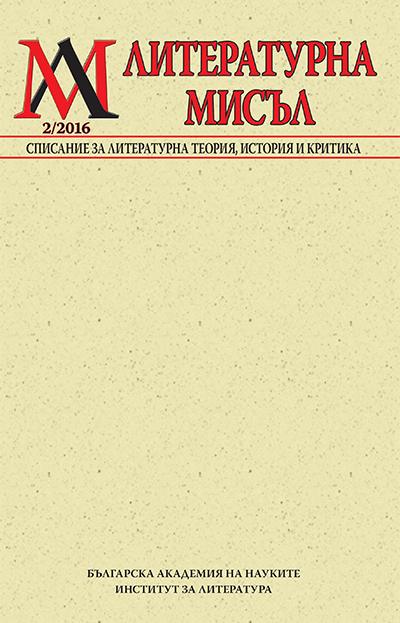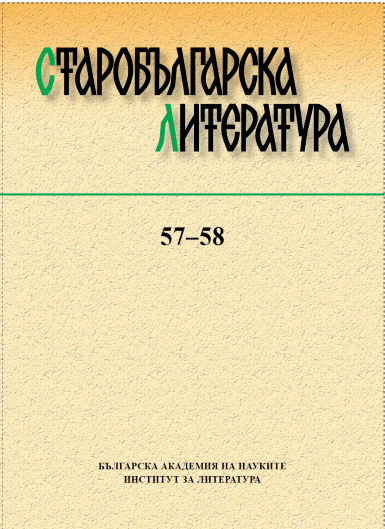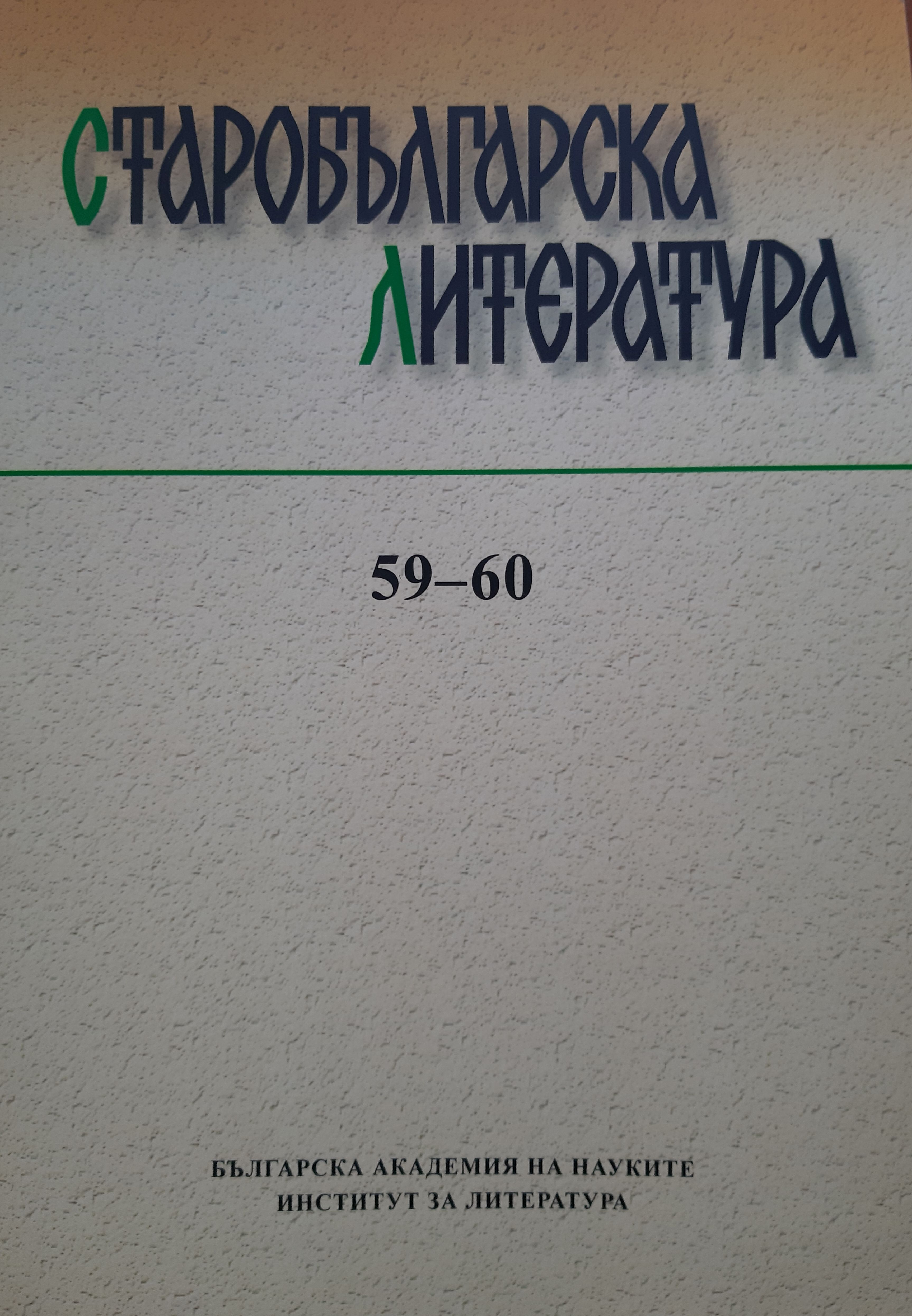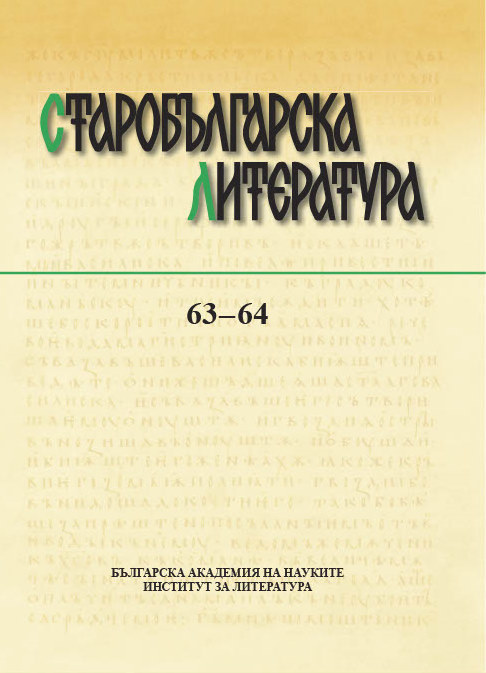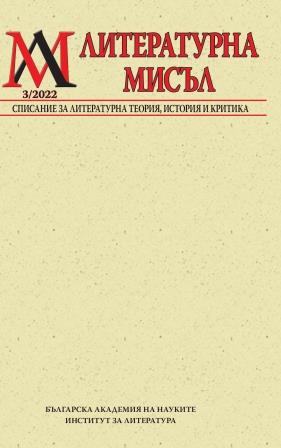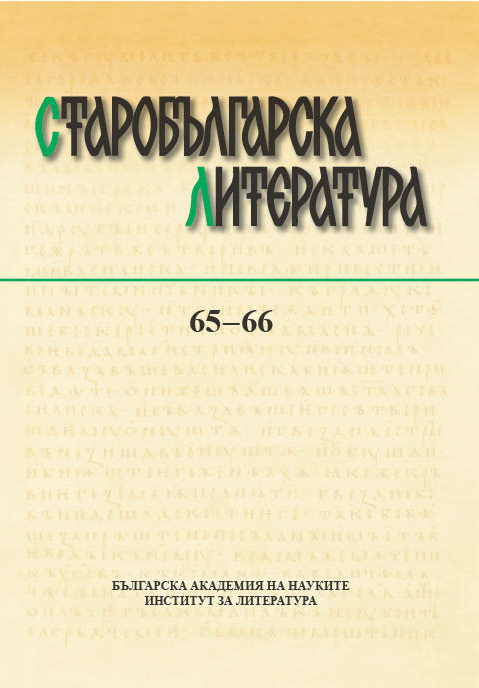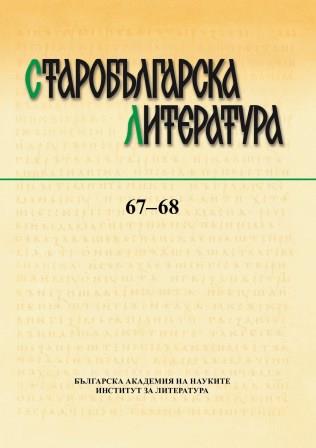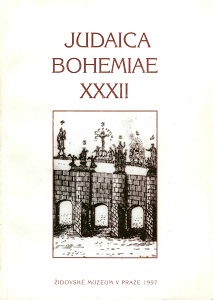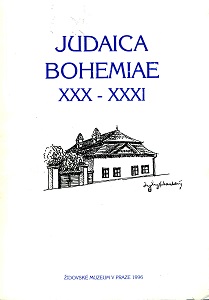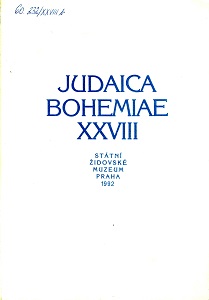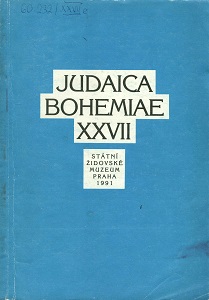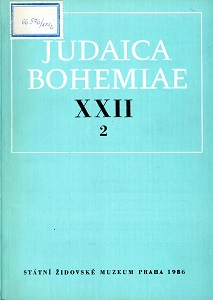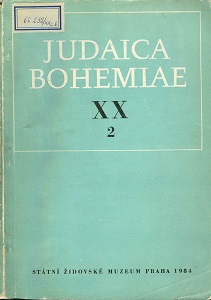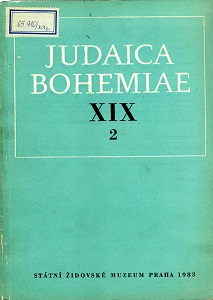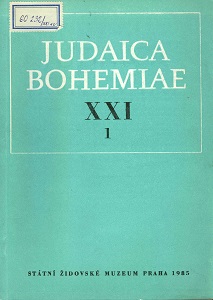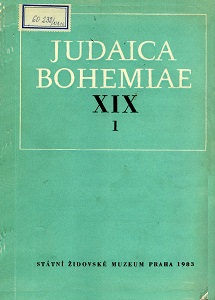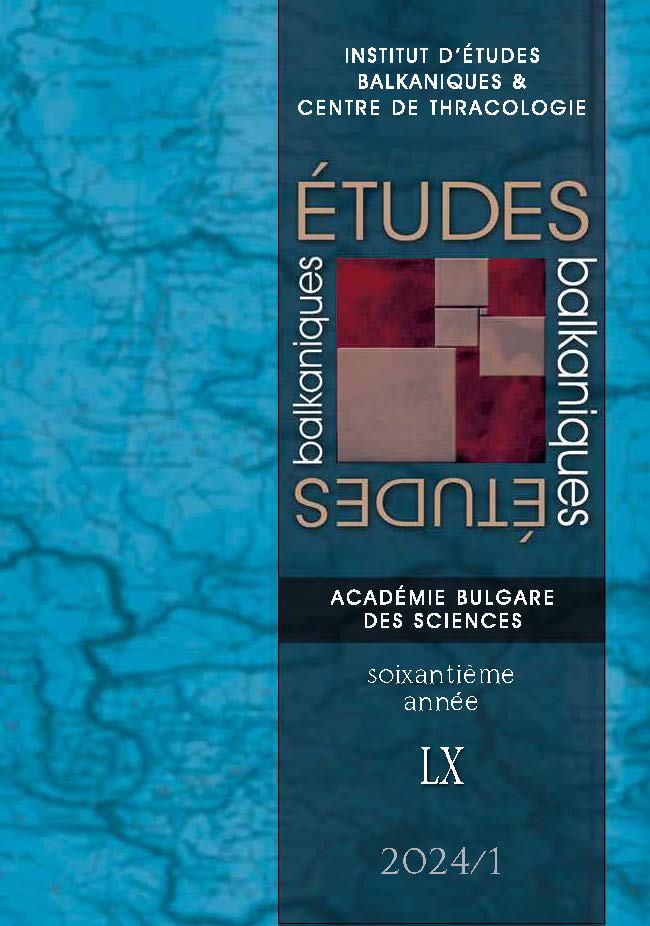Author(s): Nina Gagova / Language(s): Bulgarian
Issue: 67-68/2023
In the first part of the article, the extant scarce, and mostly indirect data about literary life in Serres during the Serbian domination in the region between 1345 and 1371 are collected and analyzed. An overview of the administrative policy of the Serbian rulers and the dynamics of the ecclesiastical subordination of the dioceses of the Serres region is offered, as well as of the donation activity of the important families and the influence of the proximity to Mount Athos and of the spread of Hesychasm. The importance is shown of Serres as a political and spiritual centre in the period under review – a centre where a lively exchange of theological ideas, cultural models, and texts took place, and where the paths of some of the most prominent representatives of the political and cultural elite of the Balkans in the fourteenth century crossed. The possibility that there was a Slavic literary centre in Serres is discussed through an analysis of the connections with other manuscripts and centres of several manuscripts certainly or presumably produced in Serres: The Four Gospels of metropolitan Jacob of Serres, 1354 (British Library, Add. MS 39626), and two autographs of the Slavonic translations prepared in the same literary circle – the Corpus of Pseudo-Dionysios Aeropagite with the commentaries by Maximos the Confessor, 1371, made by the elder Isaiah on commission of metropolitan Theodosios of Serres (RNB, Gilf. 46), and the Homilies of Gregory Palamas and Barlaam of Calabria, made by two anonymous translators (Deč. 88). The conclusion is drawn on the basis of the analysis, that at least two literary phenomena representative of the fourteenth century were very probably related to Serres (without being precisely localized): 1) the group of luxurious Bulgarian and Serbian manuscripts of the 1340s–1360s, related to the Four Gospels of metropolitan Jacob of Serres; 2) the translation circle of the elder Isaiah and his colleagues in which Gilf. 46 and Deč. 88 were produced, each of them containing the Slavonic translation of a work by a contemporary Byzantine author associated with Serres (Theodore Pediasimos and George Glabas).The second part of the article is dedicated to the text of one Byzantine philosopher working in Serres about the mid-fourteenth century – Theodore Pediasimos’s Theorems on the Nimbi of the Saints, whose translation (an excerpt from the Greek text) is a unique example of the Byzantine genre for the Slavonic repertoire, and whose presence as an appendix to the Areopagite Corpus raises interesting questions regarding the adaptation of Byzantine philosophical concepts relevant to it in a South Slavic environment. The content of the complete Greek text is presented together with some of its commentaries in the scholarly literature and a brief analysis of the Slavonic translator’s selection. The Appendix offers a translation of the Slavonic text into modern Bulgarian, based on its earliest copy (RGB, f. 173, No. 144), together with a digital copy of the manuscript text.
More...
